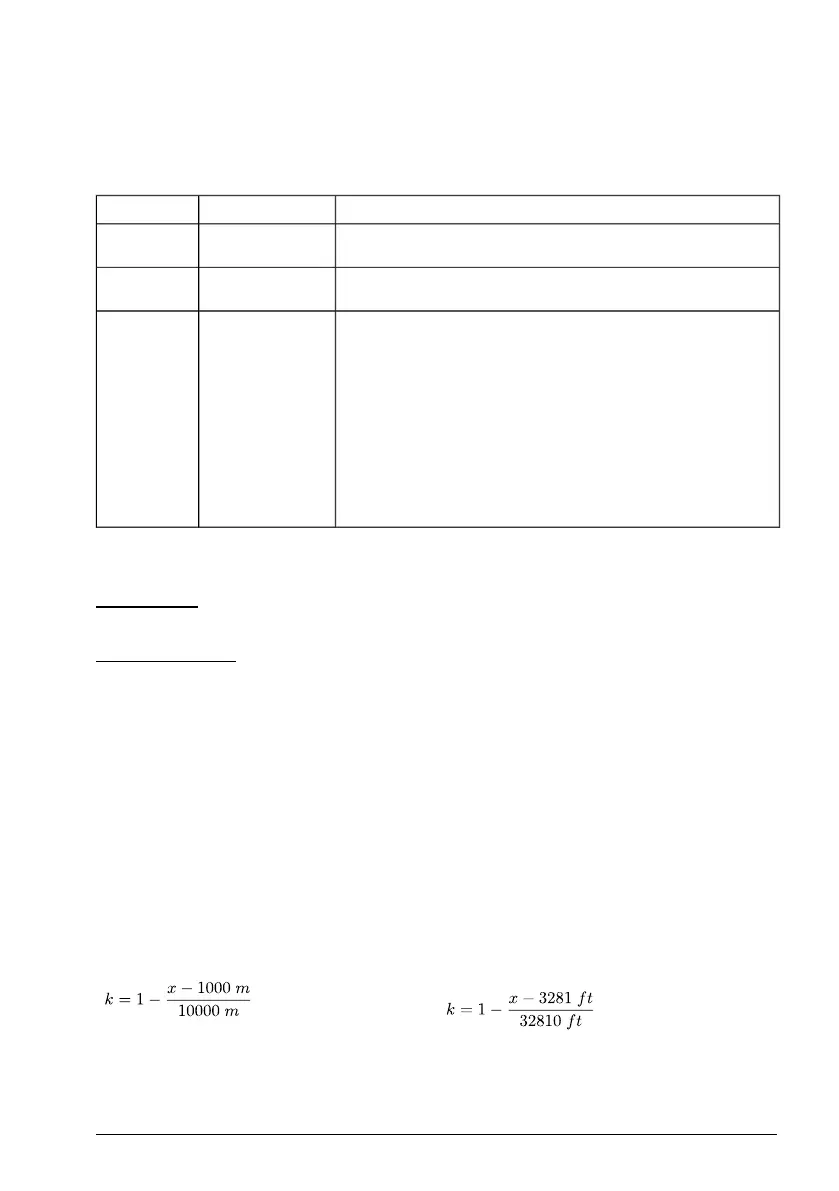In this example, the derated output current is sufficient, because it is higher than the
required current.
■ Surrounding air temperature derating
DeratingTemperatureFrame
No deratingLess than 50 °C
(122 °F)
All
Output current decreases by 1% for each additional 1 °C
(1.8 F).
50 … 60 °C
(122 … 140 °F)
R1…R3
Output current decreases by 1% for each additional 1 °C (1.8 F)
on:
50 … 60 °C
(122 … 140 °F)
R4
• ACS380-04xx-032A-2
• ACS380-04xx-048A-2
• ACS380-04xx-032A-4
• ACS380-04xx-045A-4
Output current decreases by 2% for each additional 1 °C (1.8 F)
on:
• ACS380-04xx-055A-2
• ACS380-04xx-038A-4
• ACS380-04xx-050A-4
■ Altitude derating
230 V drives: At altitudes 1000 … 2000 m (3281 … 6562 ft) above sea level, the derating
is 1% for each added 100 m (328 ft) above 1000 m (3281 ft).
400/480 V drives: At altitudes 1000 … 4000 m (3281 … 13123 ft) above sea level, the
derating is 1% for each added 100 m (328 ft) above 1000 m (3281 ft). In addition:
• A maximum altitude of 4000 m (13123 ft) is permitted for these grounding systems:
TN-S, TT. A maximum altitude of 2000 m (6562 ft) is permitted for these grounding
systems: corner-grounded delta, midpoint-grounded delta, IT (ungrounded).
• Above 2000 m (6562 ft), the maximum permitted voltage for the relay output RO1
decreases. At 4000 m (13123 ft), it is 30 V.
• Above 2000 m (6562 ft), the maximum permitted potential difference between the
adjacent relays of the BREL-01 relay extension module (option +L511) decreases.
At 4000 m (13123 ft), it is 30 V.
To calculate the derated output current, multiply the current in the ratings table with the
derating factor k, which for x meters or feet is:
Technical data 133
